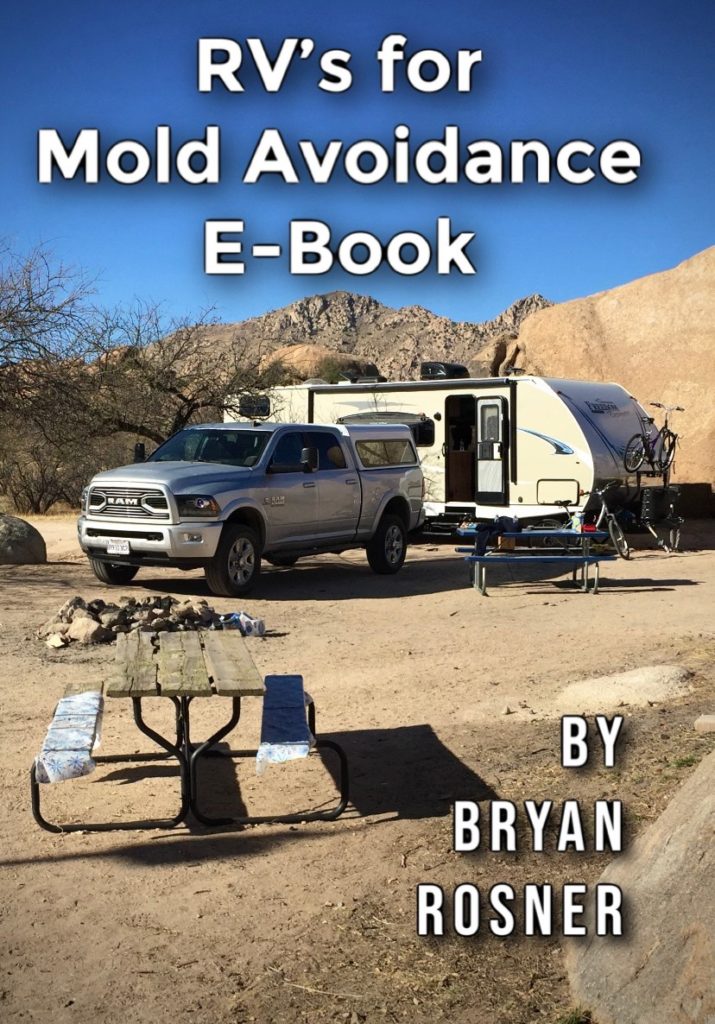For many people, this question doesn’t apply. They just feel better and better.
For others, people go through a phase called “intensification,” where they feel better in general but worse when they have mold exposures. And also, they may have heightened chemical sensitivities and other sensitivities during this phase. This phase can last 6-18 months, usually. This is a normal phase, and a sign of healing. It is believed to involve intensive detoxification.
Yet others may experience a “dumping” phase, which may be similar to intensification, wherein they have “so many toxins coming out of them like a waterfall” (mold, heavy metals, ag chemicals) that they may even require detox support including binders and other options. For me personally, the dumping was INTENSE. It was never “bad” – it always felt good, like a relief, like my body was getting rid of YEARS of garbage. But it was intense and often did require a little helping hand.
But today I want to introduce yet another concept… for why people may notice new problems arise after they begin mold avoidance. To set the stage for this, let’s consider an analogy: an intense warzone battlefield.
Let’s say we have a soldier. He has been fighting in an intense battle all day. A sword fight. He’s killed many men, and been injured and damaged by many others. He is bleeding, bruised, exhausted, not sure if he will survive. But the battle is not over yet, so he is running on adrenaline. He can’t stop now! He can’t feel the pain! He won’t give up! And so he continues to fight with heroism and aggression until the war is over. However, the MINUTE the battle is won, he collapses into a heap and passes out.
This is how our bodies work. When they are under stress, and attack, they can muster up every ounce of strength to fight. And this process may actually CONCEAL some underlying wounds that have been festering. When the battle is over (when a person is finally removed from mold) the body may say, “damn…. give me a minute to regroup.”
When the soldier gets to the field medics, they say “I can’t believe you are still alive… you have gashes and stab wounds and broken bones.” The soldier didn’t FEEL those things while the battle was happening.
Some might say, “well, it would have been better for the soldier to just keep fighting endlessly! Then he would have never felt his wounds!” Of course, we know that isn’t true. Had he fought another day or two, he would have still collapsed, but it would have been much worse and even fatal. And so is the argument that people should stay in mold, so they avoid some of the unpleasantries of noticing their wounds.
What would it look like to “stay in mold” and never get out of the battle? Well, progressive debilitation, and perhaps degenerative diseases like cancer, Alzheimer’s, dementia, rampant infections, and more.
Personally, being 2.5 years out of mold, I feel very much like this soldier. I feel like I am finally healthy and resilient on a core level. I no longer wonder if my life will end in the next few years. However, I also feel a bit beat up…I am feeling the after effects of YEARS in mold. Staying in the mold and ignoring the wounds wouldn’t have helped me, though it may have allowed me to run on adrenaline a little longer and ignore my wounds.
I think this discussion here is very important, because I regularly hear people talking about this experience. We know, though, that living in the midst of toxins probably isn’t “good for us.” And therefore, there could be an alternative explanation for this phenomenon, other than, “it was healthy to live in mold.”
I am by no means saying that I am in worse shape than when I was living in mold. Those last few years in that house, I indescribably sick. I mean, one inch from death. Now, I don’t ever feel that way. But I still think this is a topic that needs to be addressed.
Some people think that mold avoidance will be a miracle cure for them. While it may in fact be a life-giving miracle, the person is still a soldier coming out of YEARS of battle, and will have wounds to lick. That is just the reality of the damage that mold does to the body.
EDITING TO ADD: A friend read this post and said, “what is your point?” So I want to clarify my point.
My point is simply that we need to be patient with our bodies when we get out of mold. A lot of battle has taken place, and it is going to take time to heal. This doesn’t mean you need to stuff your face with supplements or make appointments with herbalists and other practitioners. While some of these interventions may be helpful, the main thing that is needed is TIME. Time for the body to heal. Mold avoidance does allow some miraculous healing to take place, but it takes time.


You must log in to post a comment. Log in now.